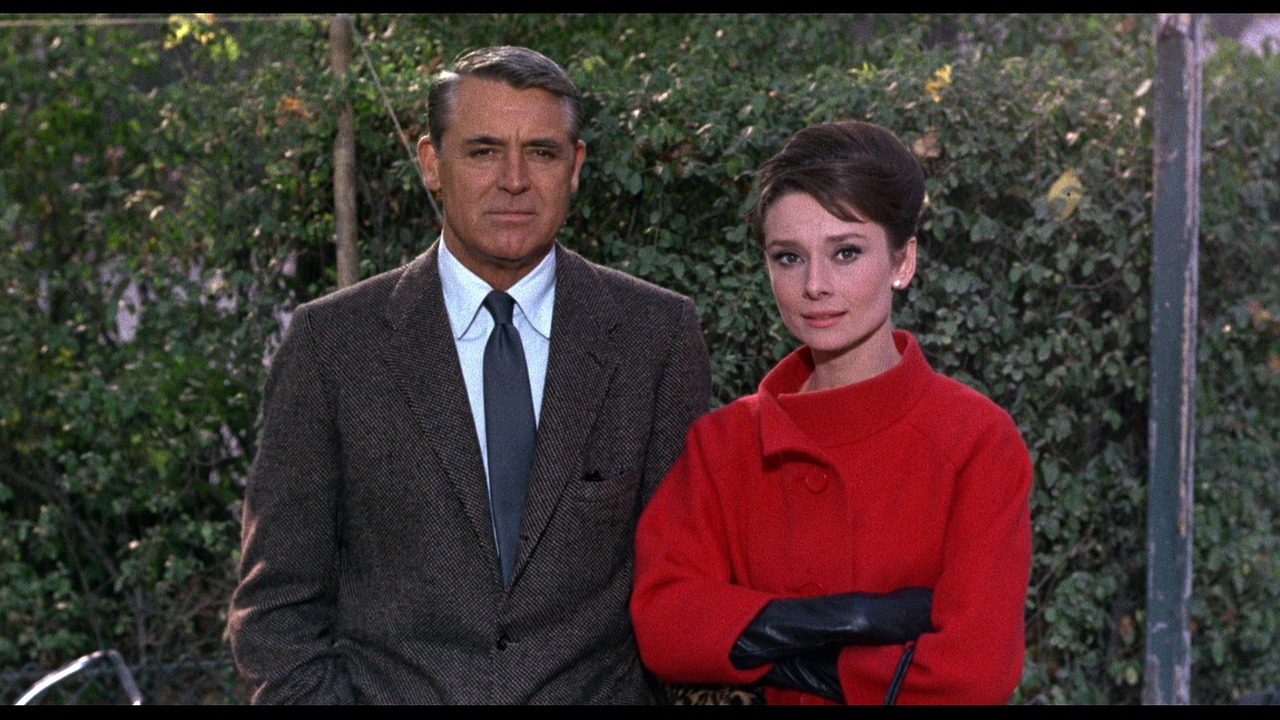My husband’s name is Tom, and for 8 years, I also had a work spouse, and his name was Tim. For a long while, only one vowel separated the two men in my life with whom I spent the most time coordinating, confiding and communicating. Both guys were very aware of the other, and both were extremely important to me, but in different ways. I was a co-teacher, and the relationship I had with my partner, or “work spouse” was close and unique in truly incredible ways.
Co-teaching, or team teaching, has certainly evolved through the years, into a prescribed format with different specialists: special educators with generalists, two generalists, and like my situation, 2-3 content specialists. Most co-teaching situations are intentional, and specific to both student and staffing needs.
I began co-teaching to fulfill another teacher’s sabbatical in my second year of teaching. The course was an interdisciplinary ninth grade class that was being piloted that year, and became required in the years since. My role was to be the English teacher for the final trimester of that school year, and I was to teach with two men: a religion teacher (Tim) and a social studies teacher (Dan). I had barely met these two guys before, and I had certainly never taught in front of other teachers before in a real, live classroom. The grouping was a little odd – the two guys were very casual with students, they enjoyed getting to know them on a personal level, and engaging the class through humor and fun. The teacher for whom I was filling in was very objective-driven, content focused, and had tons of materials to offer me. I didn’t know what to expect, and I was nervous. I was young, new, and female, and I had two guys teaching with me who didn’t know me from Eve, and didn’t seem altogether too interested in co-planning. They also seemed to have the most “pull” in the classroom, and the students seemed reluctant to accept me as the newcomer.
Although it was a bumpy start, I was organized enough (back then) to have a handle on what I needed to do. The guys warmed to me, and we had a pleasant experience teaching together.
Tim and I co-taughtfor 8 years, with the social studies specialist rotating a few times. Tim watched me as I dated and then married Tom. I heard about his kids as they went into high school. We talked all day, every day about everything – students, curriculum, skills, marriage, kids, personal issues, funny stuff. We laughed together too – deep belly laughs that would make it hard to breathe (Tim often had to wipe his eyes from behind his glasses from laughing so hard). We had the kind of relationship two people could only have by being in the same room together for 7 hours a day: we were truly joined at the hip. Tim danced with me at my wedding to Tom. We attended funerals in our community together. We ended each year with a burger and beers at a local dive bar. I made a friend for life. Due to longevity and learning each other’s style, there were things that we could do well together:
- Tag-team a lecture
- Play off of each other’s jokes
- Finish each other’s sentences
- Help students work with the other person
- (Eventually) plan crazy-good units together that spoke to both our disciplines
- Cover for the other person when s/he needed it
- Laugh at each other and ourselves (daily)
- Communicate
….all of which was great. However, there were also things we did NOT do well together:
- Discipline/Classroom management
- Grading
- Planning day-to-day
- Equalize our expectations for students
I do realize that the shorter list has very important (essential) elements of co-teaching on it, but so much of the groundwork for those pieces should have been decided when we started teaching together at the beginning. Once we recognized them as issues, neither one of us were courageous enough to speak about them and commit to a plan from which to proceed.
In short, we goofed around and became friends before we set those ground rules.
Instead, he had to learn to deal with my flakiness, and I had to learn to deal with his laziness. I had to deal with his disorganization, and he had to deal with my controlling nature. We got ticked at each other occasionally, sometimes even undermining each other. I was the disciplinarian, he was the “fun” one. We had no mechanisms in place for how to approach any of these issues, and we didn’t take the time to develop them. We taught together and we loved it, AND we could have been more effective and responsible with time spent on the front end in developing our team. We could have talked about the quirks and the habits and the styles BEFORE learning about them in front of 45 students for 90 minutes each day. To that point, I’d say there are some things that should have been done differently when the teams were formed to teach this course (this older, but still great article from Edutopiahas a lot of great points, too- wish I would have seen this at the beginning!):
- Teams of two ONLY. In threes, one person is bound to be left out. I taught in 4 teams of three during my time in this classroom, and it was never balanced. One person always got the shaft.
- Ground rules need to be established and HONORED. You need the time to sit down and really understand who each person is and how they function before you work together. Without that level of understanding, chaos can happen suddenly and uncomfortably, or it’ll fester before it explodes.
- Conflict resolution. If there’s a tense moment between teachers in the classroom, students can smell it immediately. There needs to be a plan in place for dealing with those moments respectfully.
- Willingness to reflect on the group. If you can’t be someone who can talk through issues and “take the temperature” of how things are going, you should seriously consider your ability to co-teach.This kind of reflection can only help people to grow professionally and even personally.
Despite all of this, though, Tim and I still recall our co-teaching as a wonderful experience in both our personal and professional lives. We struggled together and brought a whole heap of our faults to the table when we worked together. Co-teaching is a delicate balance; it should be respected and attempted only by those who are truly invested in both the process AND the outcome.
Looking for more information about co-teaching? Learn different co-teaching models, how to co-teach with a specialist, and how to apply specific strategies to foster learning in a collaborative environment by enrolling in Learners Edge Course 5843: Co-Teaching: Partners in Practice and reflect on what you can bring to a co-teaching framework, and reflect on the aspects of co-teaching taht are essential for you (and your partner) to succeed in that environment.
***
Learners Edge is passionately committed to providing you with continuing education coursework, materials, and tools that will help you succeed in your classroom and in your career.
Offering more than 100 print-based or online courses for teachers, you can earn the graduate credit you need for salary advancement and meet your professional development needs. Contact us today to get started!






